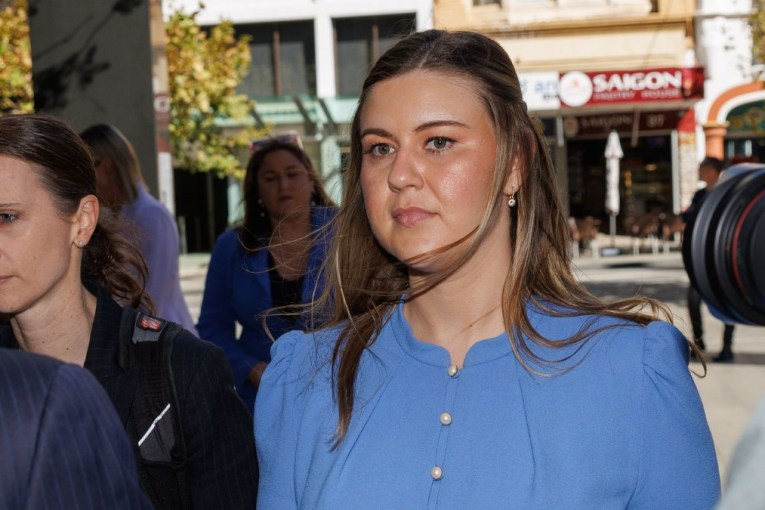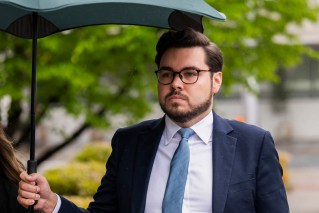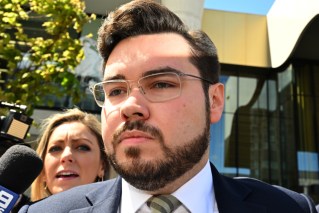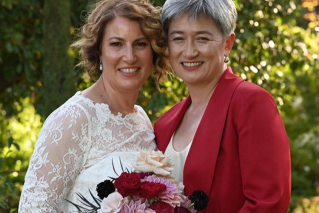Professor who cured blindness in dogs sets sights on humans
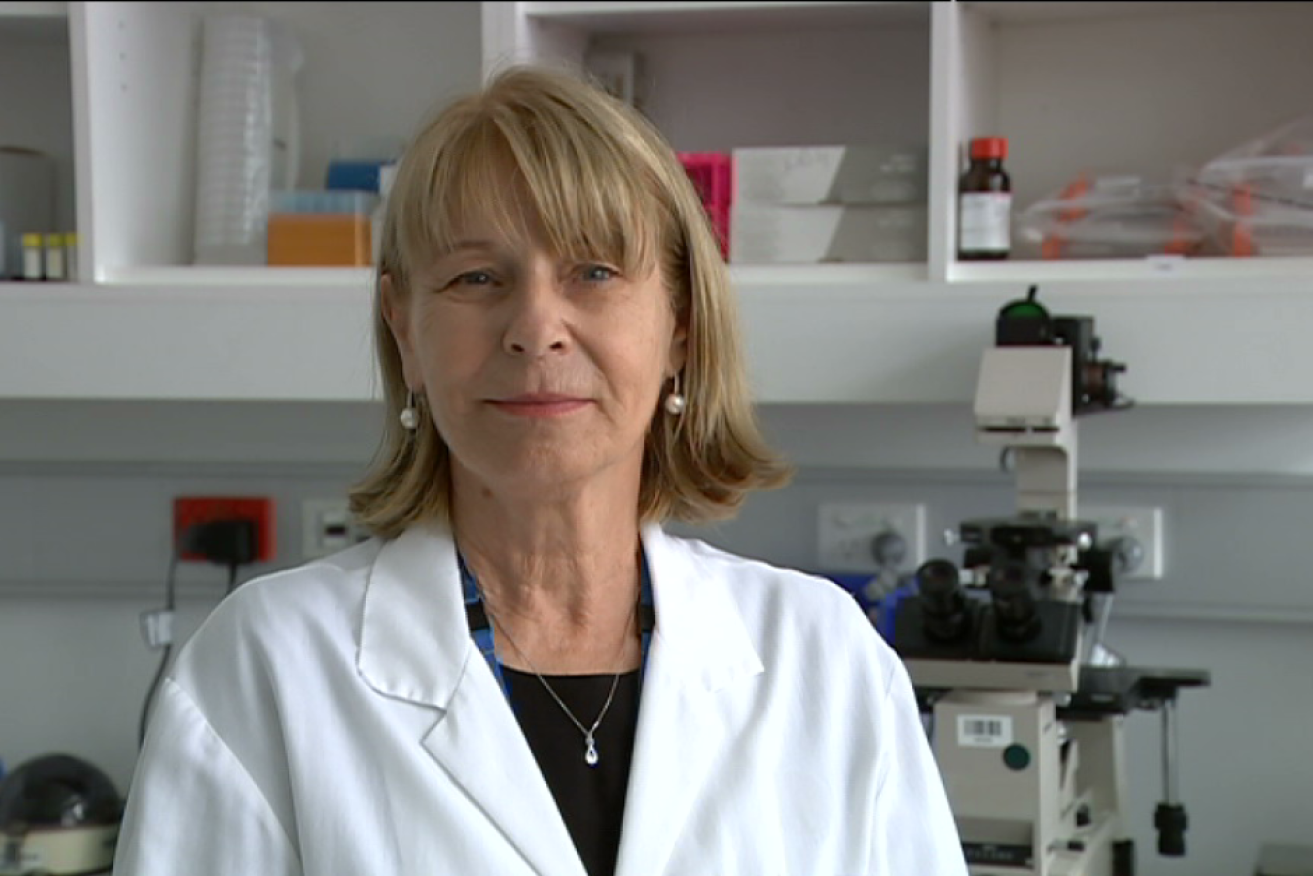
Professor Rakoczy says it's been a two-decade journey involving dozens of scientists. Photo: ABC
A Perth medical researcher has won the prestigious Florey Medal for her pioneering work with dogs to help tackle macular degeneration – a leading cause of blindness.
Professor Elizabeth Rakoczy has developed a gene therapy for age-related wet macular degeneration, one of the main causes of blindness in the developed world.
“I really accept this medal, the CSL Florey Medal, for my colleagues who have contributed. I had more than 50 scientists working in my lab,” she said.
“Molecular biologists – physicists, ophthalmologists, veterinary scientists and of course schools of students and they all contributed.
“This project has been going in my laboratory from basically first stage and we took it obviously to clinical trials for almost 20 years. It has been a long journey.”
The Florey Medal is presented every two years by the Australian Institute of Policy and Science to recognise a lifetime of achievement in biomedical science and human health advancement.
There are 112,000 people in Australia who have age-related wet macular degeneration, with 8,000 new cases diagnosed every year.
While the current treatment involves several eye injections per year at a cost of about $2000 each, the gene therapy involves only one injection.
Blind dogs impetus for gene therapy
Professor Rakoczy said the initial breakthrough came during a project intended to restore sight to dogs, which had the genetically inherited disease LCA.
“That was an amazing experience because we injected these animals – who were born blind – we injected them with gene therapy,” she said.
“Basically they were missing a gene, we delivered that gene and the animals started to see.
“We followed them for four years and they retained that vision. Several other groups worked on it so it’s not just our work, but it’s a fantastic thing.”
It was that development which led Professor Rakoczy to believe it was possible to do something similar for wet AMD, which is characterised by excessive blood vessel growth.
“What we do is set up a biofactory in the back of the eye. This biofactory is producing a naturally occurring protein that can control blood vessel growth in the back of the eye,” she said.
“When we see the blood vessels growing, we inject something which will stop them growing.”

Professor Rakoczy with Gwenda Boultbee who feels blessed to have had the treatment. Photo: ABC
‘It’s marvellous, it’s absolutely wonderful’
Human trials, which have recently finished, have been deemed a success.
One of those involved in the trial was Gwenda Boultbee, 91, who had macular degeneration diagnosed in one eye.
“I’ve been able to drive which I probably wouldn’t have been able to because the sight in that eye’s very good, it’s almost normal,” she said.
“It’s marvellous, it’s absolutely wonderful. I feel very blessed to be able to have had it.”
It’s estimated that the therapy could be available in three to five years.
-ABC
